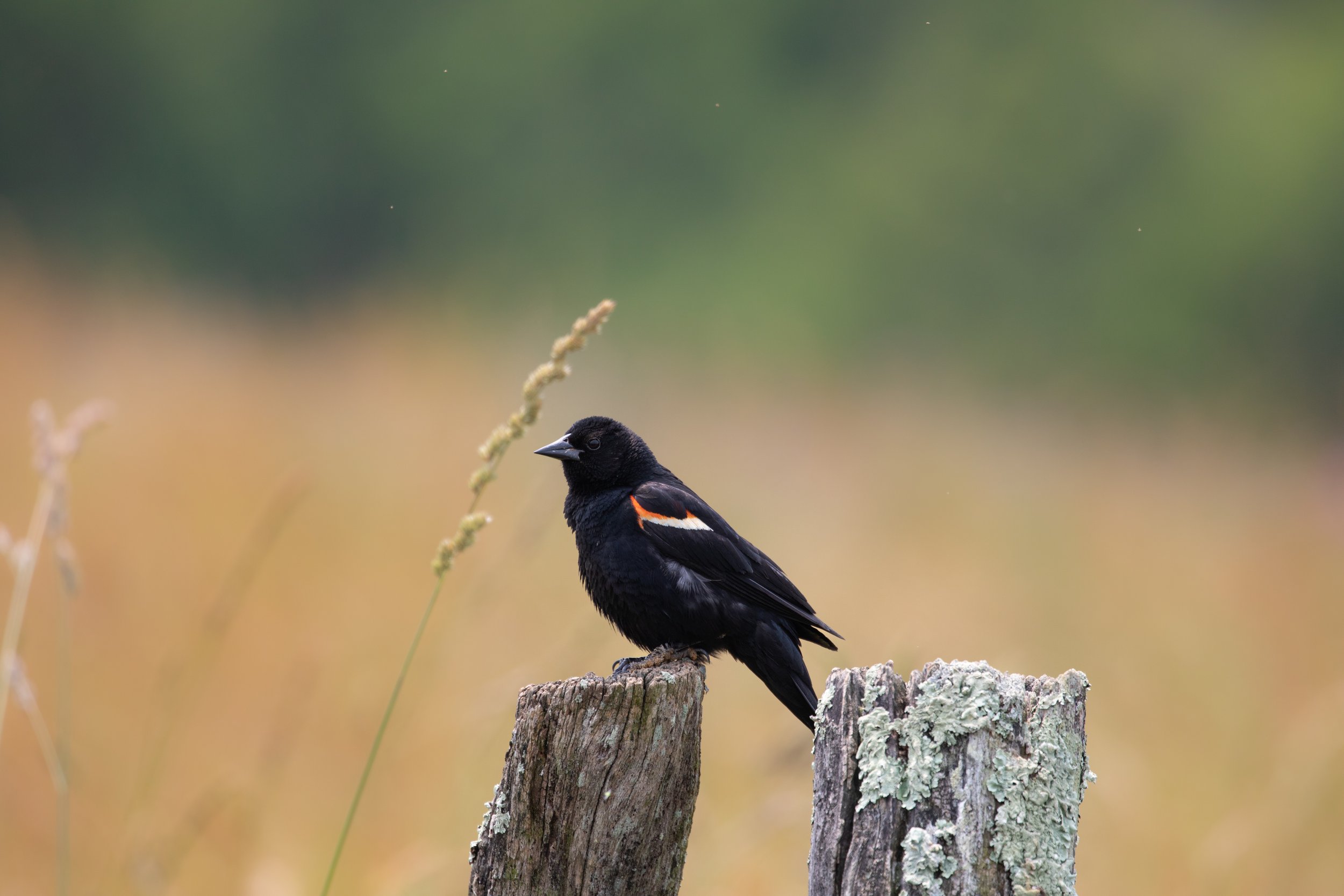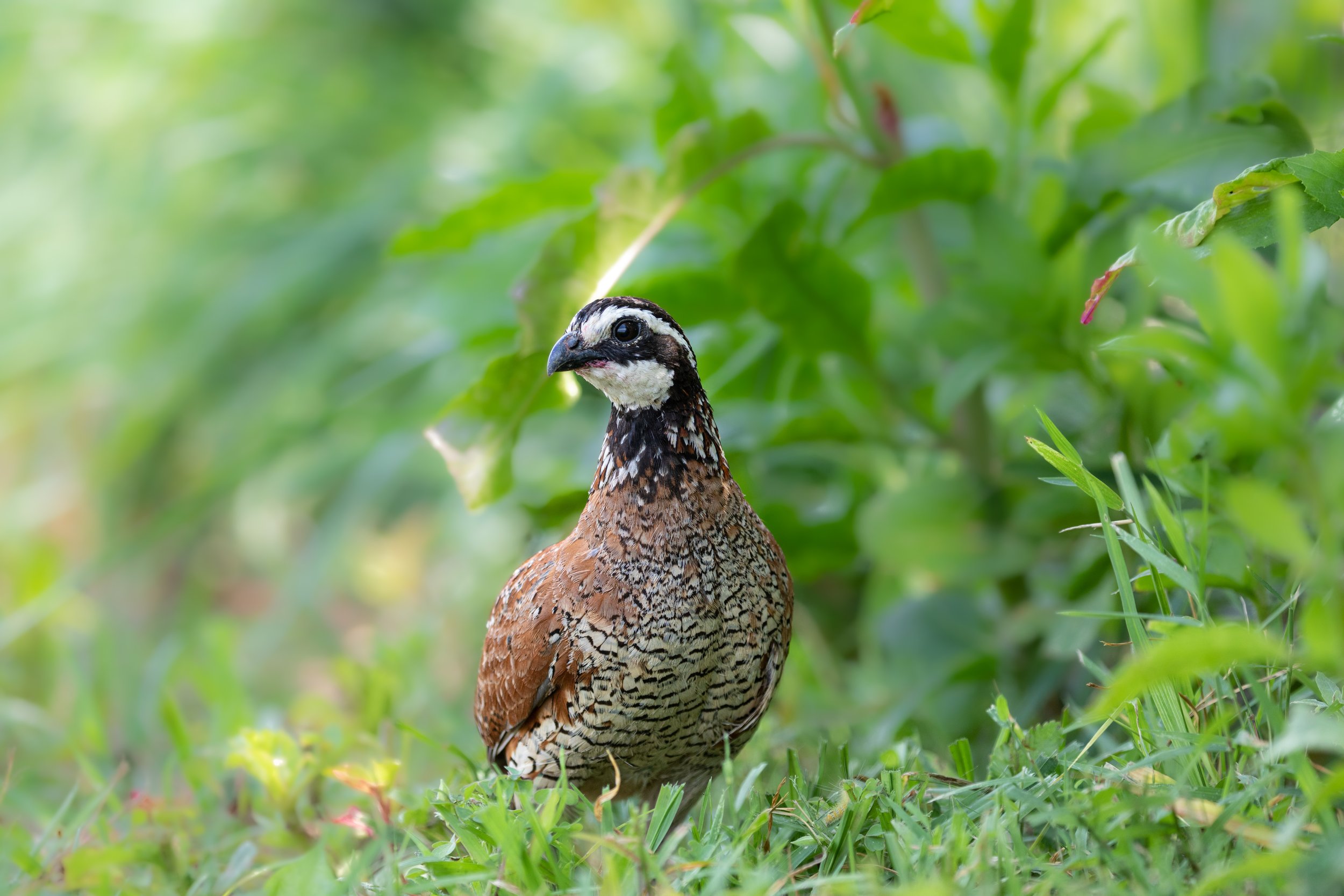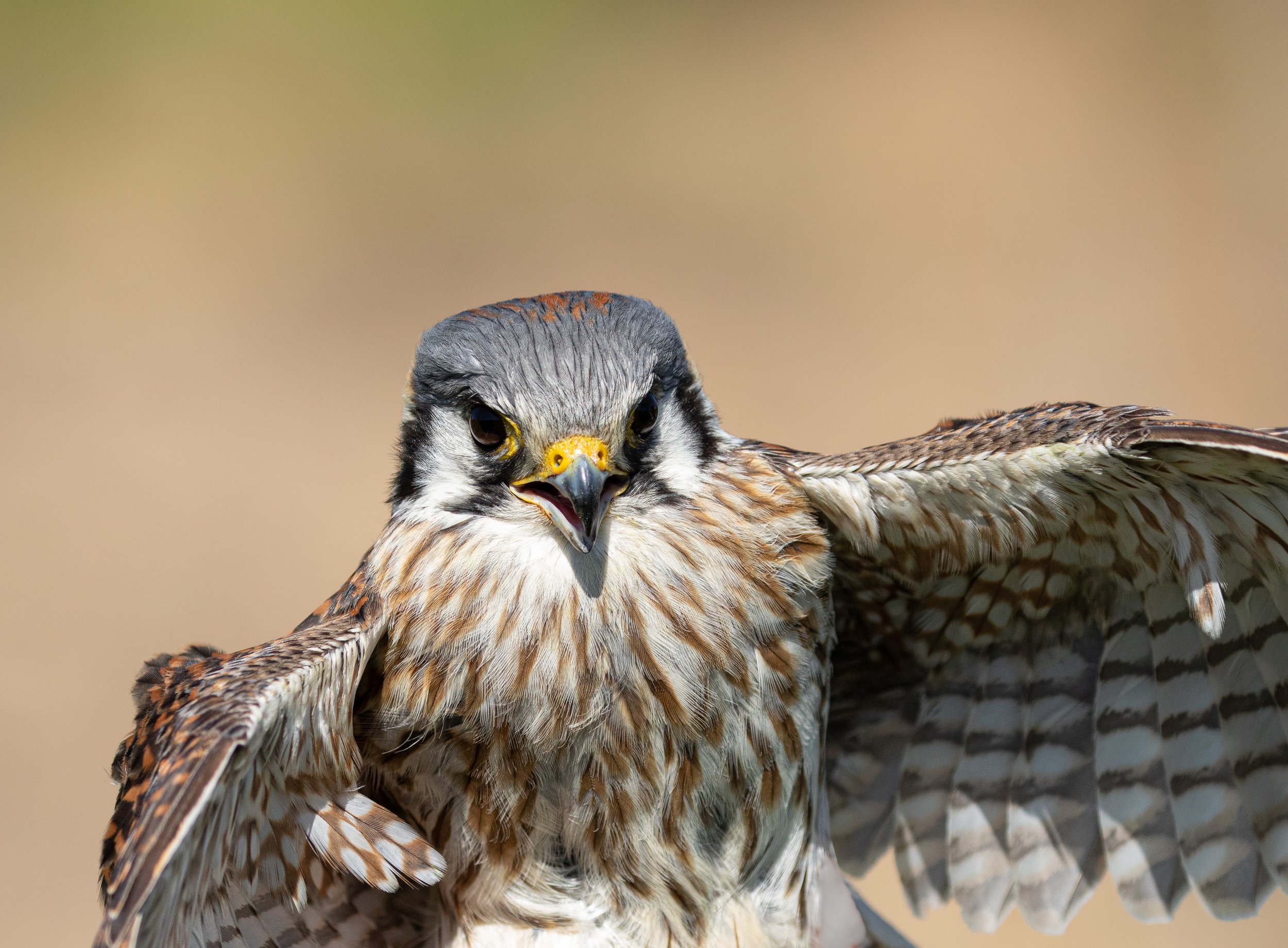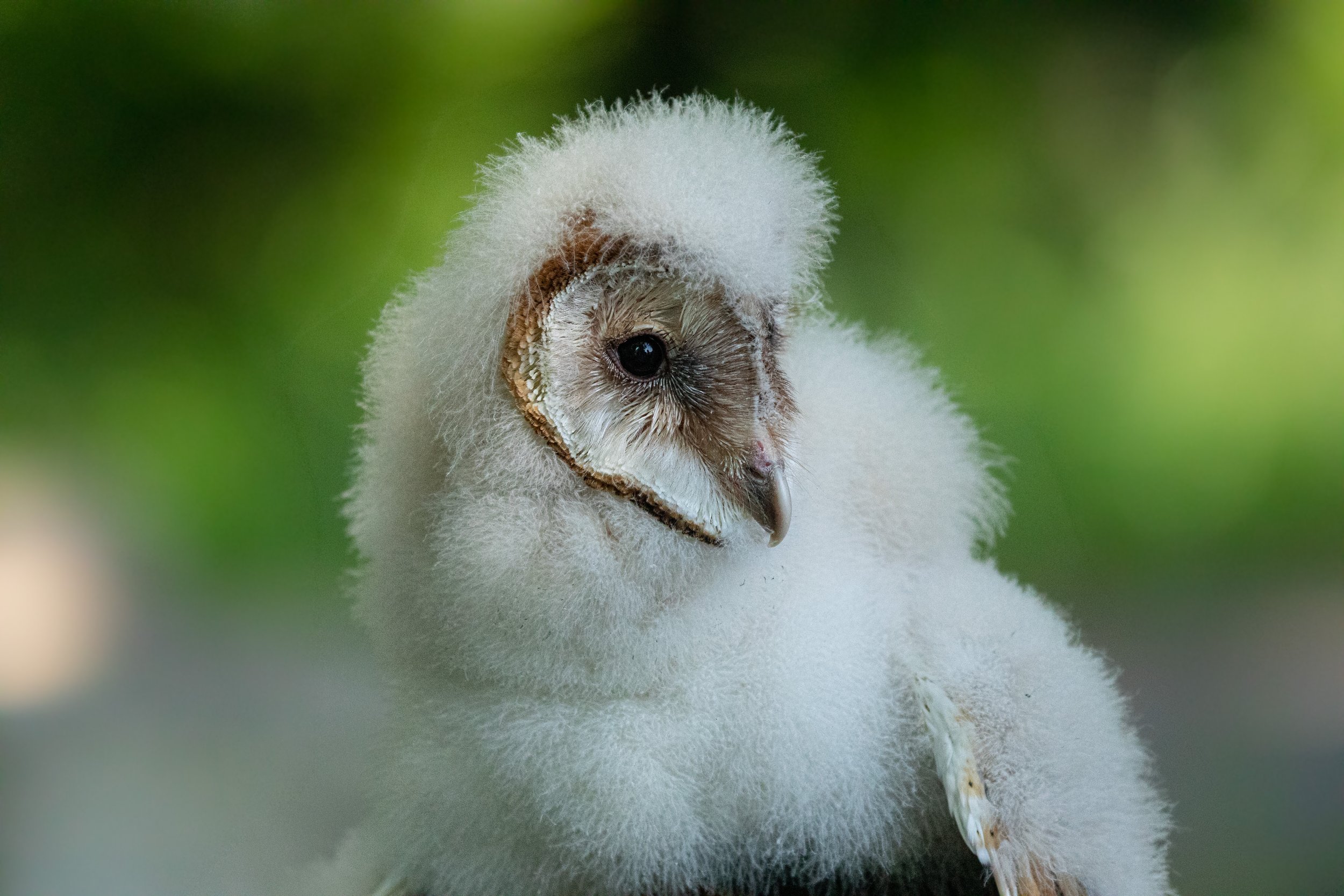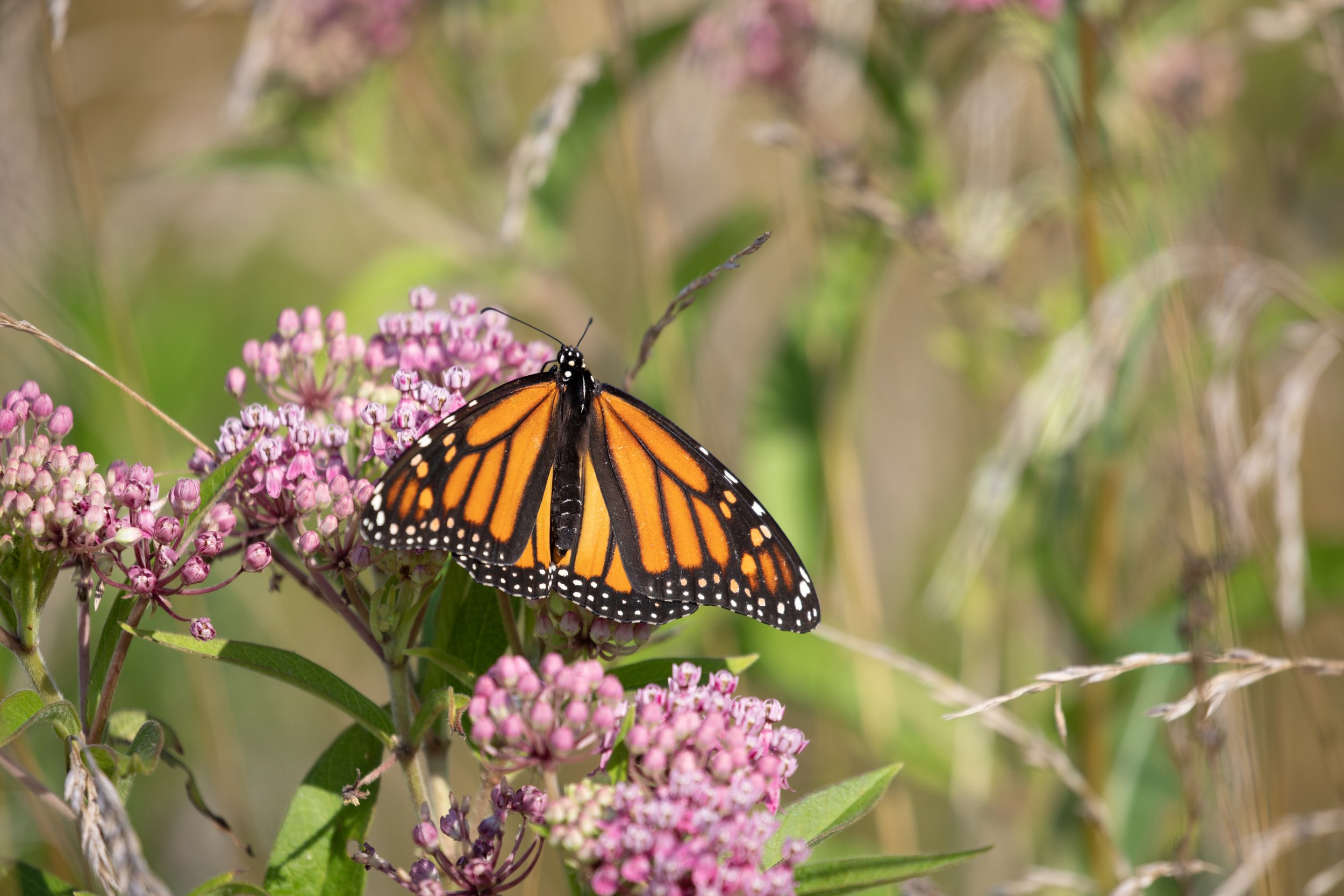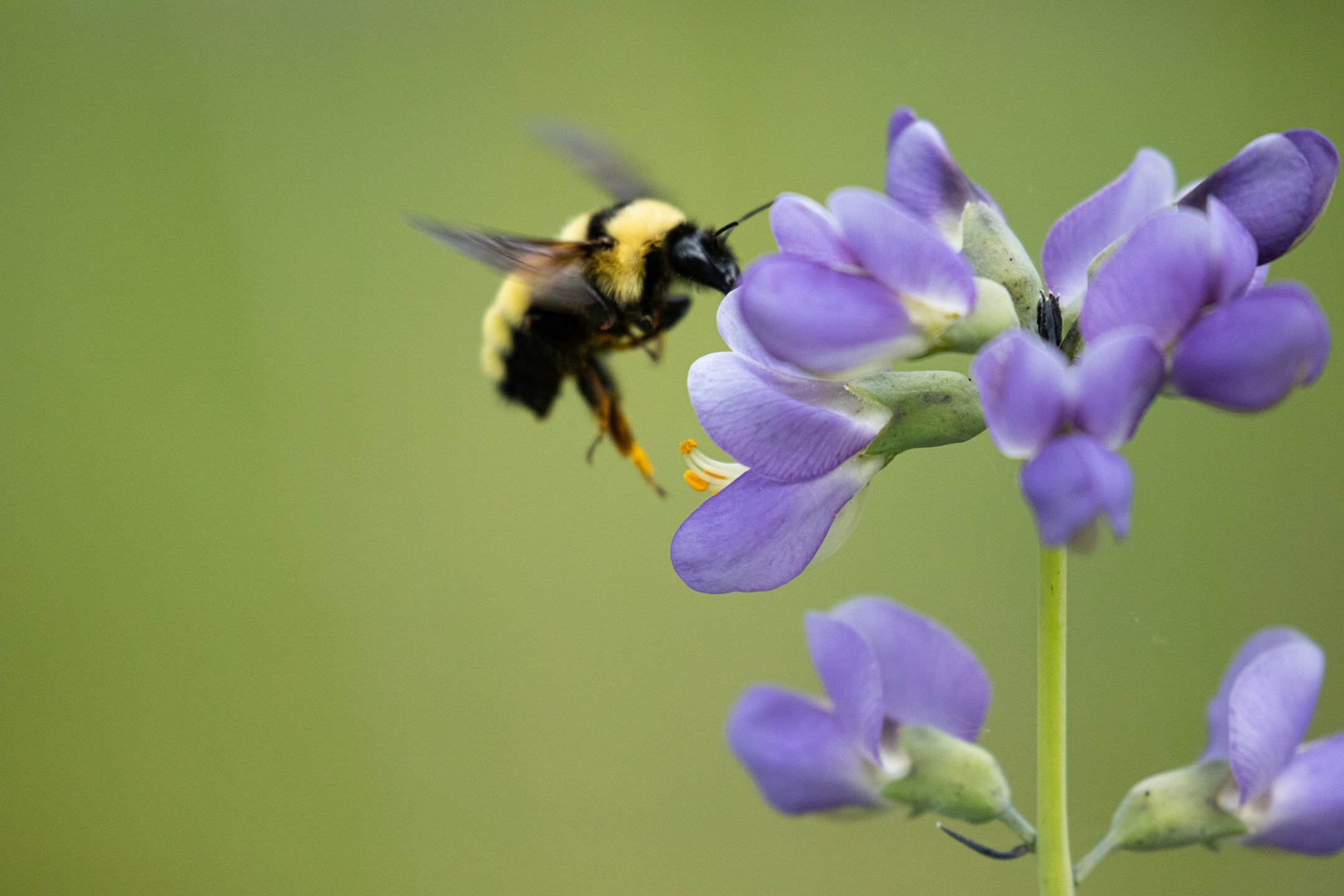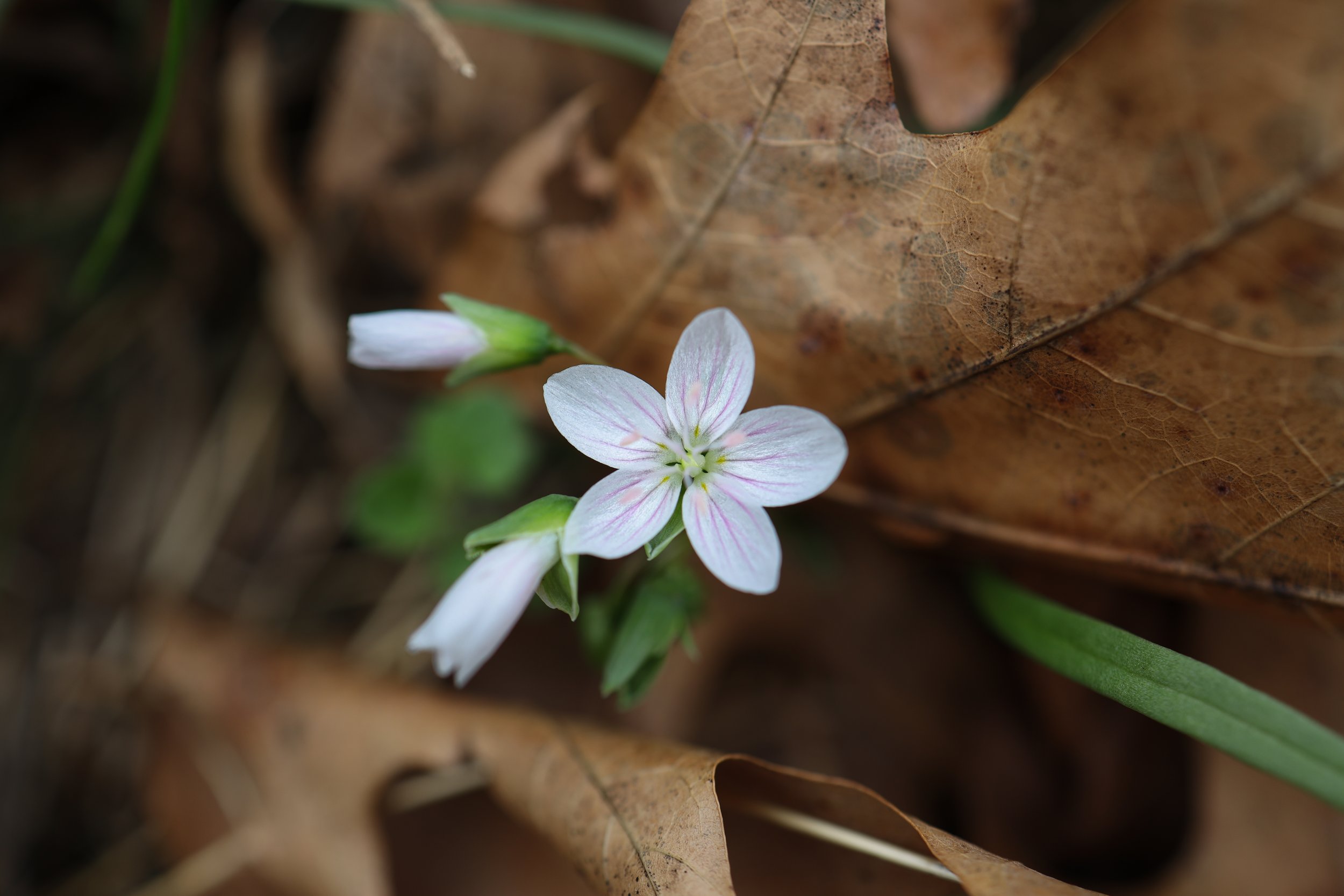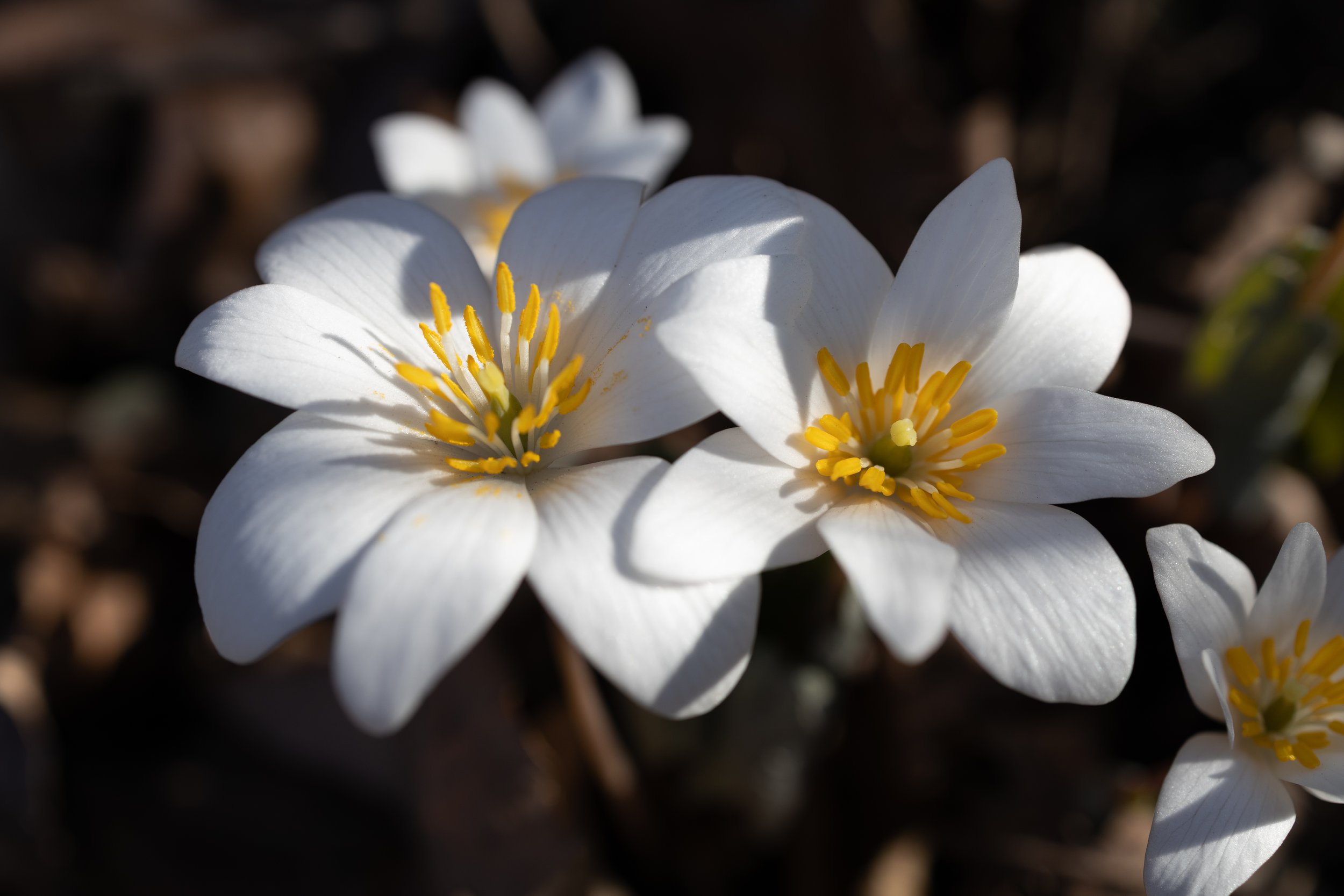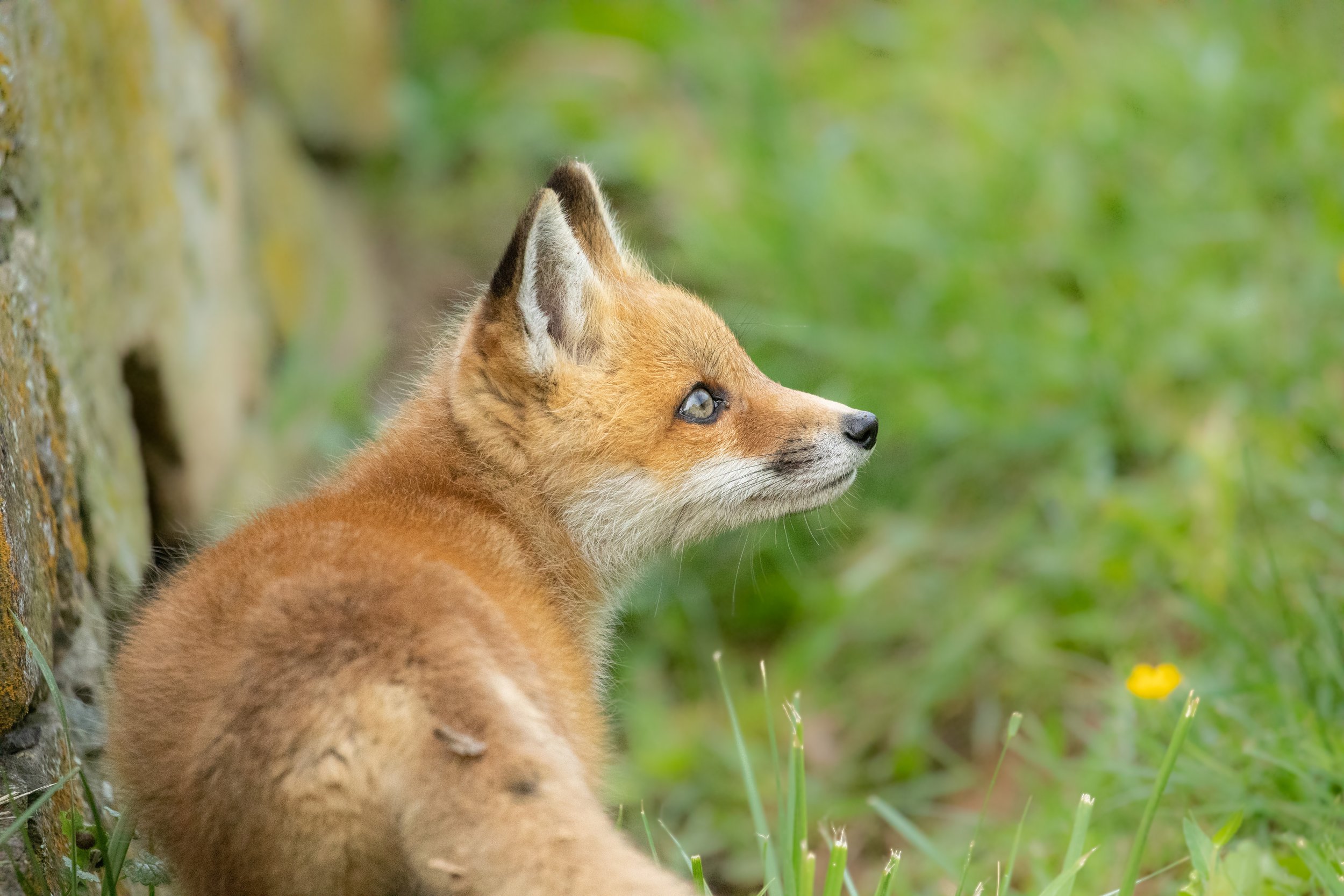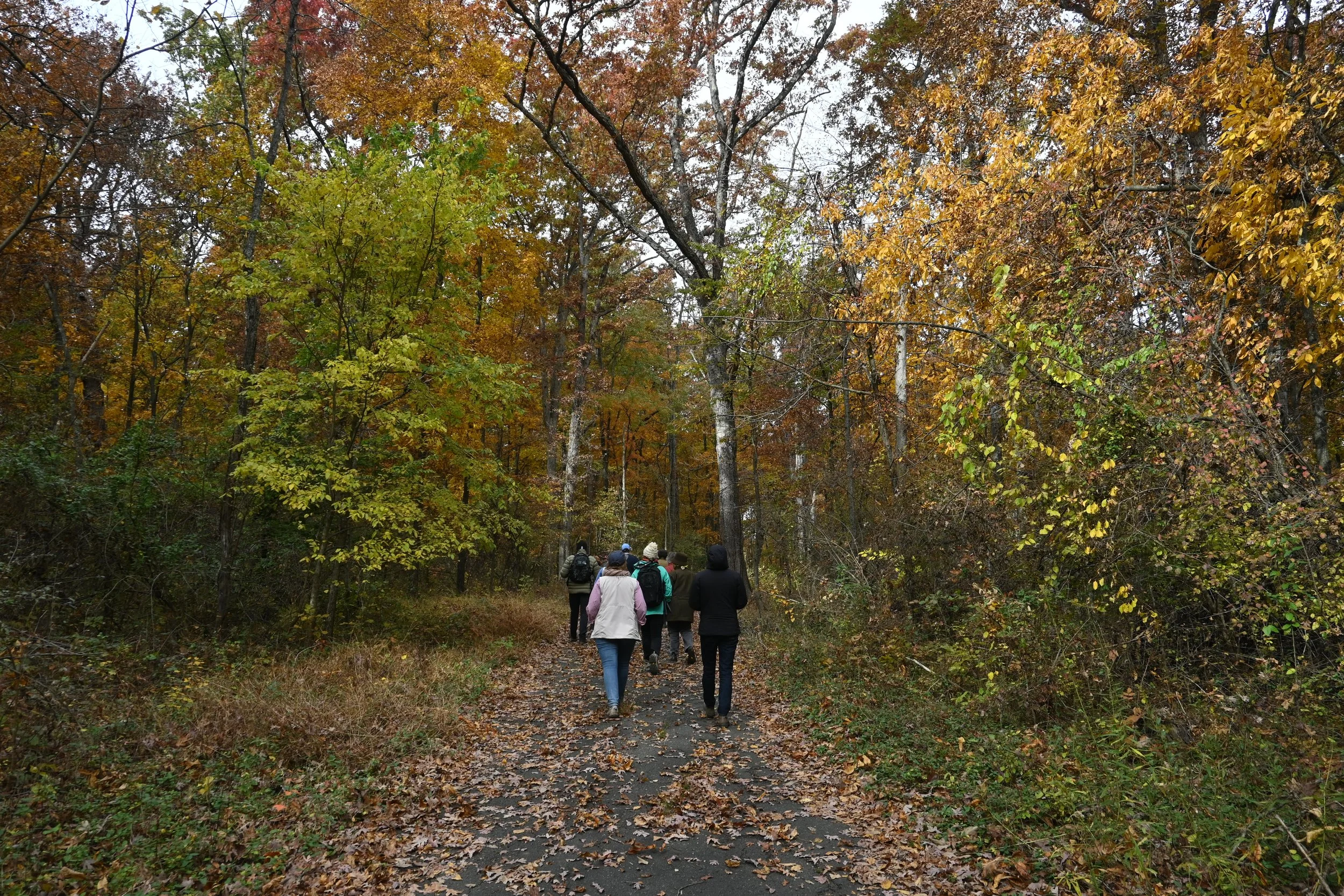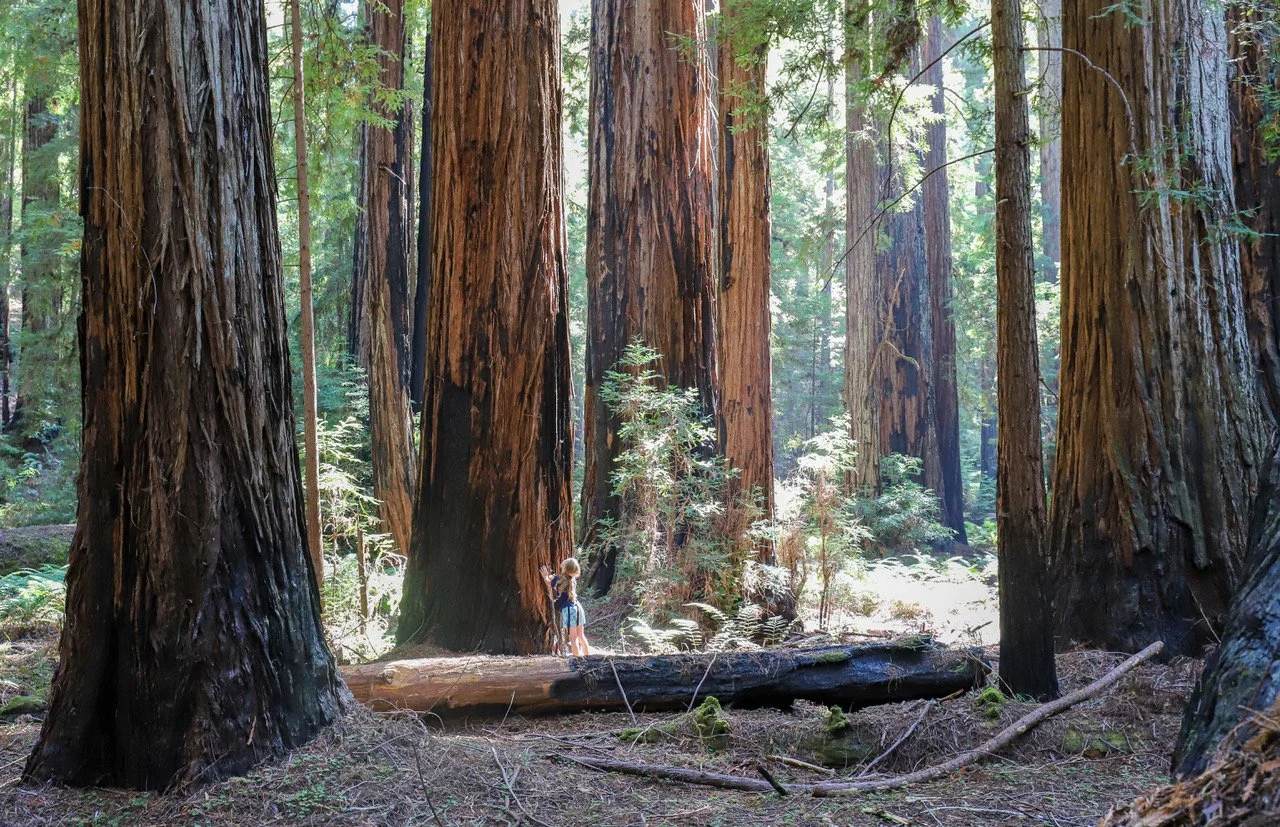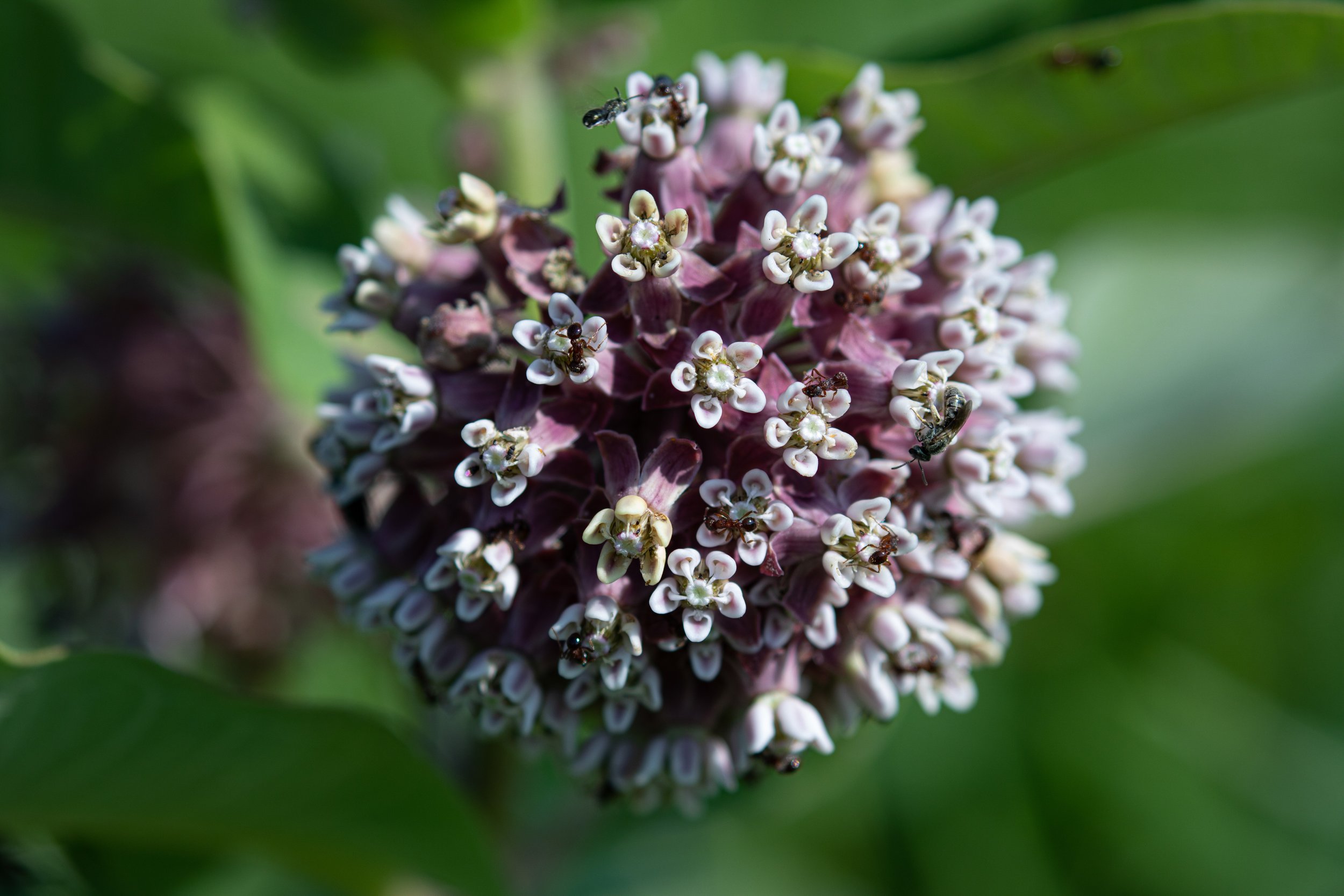
Conservation & Biodiversity
Conservation & Biodiversity
“That its natural resources will continue to protect wildlife, wild flowers, birds, bees, fish. That the land be cultivated, mowed, or grazed as those in charge see fit, and that in whose custody it be left will be selfless in this pursuit of caring.”
Overview
The Oak Spring estate, protected by Paul and Bunny Mellon as part of a conservation easement, features a rich mixture of fields, meadows, woods, streams, and wetlands. OSGF is actively stewarding the land to protect and foster wildlife communities across the 700 acre property. In accordance with the mission of the Foundation, OSGF’s Biodiversity Team is actively working to:
inventory, monitor, & research the diversity of flora and fauna on site,
develop land management plans to steward the forests and fields to support wildlife and biodiverse ecosystems,
and share these biotic treasures with the public through outreach programs, landscape walks, short courses etc.
Land Management Strategies
The landscape across the Oak Spring Garden Foundation (OSGF) campus, comprised of the Little Oak Spring (LOS) and Rokeby (RKB) properties, will be managed using appropriate techniques to encourage biodiversity, promote functioning ecosystems, and enhance the landscape. This will be accomplished using a variety of techniques including: haying, mowing/bushhogging, prescribed fire, native plant restoration, invasive species control, leaving areas fallow, and monitoring.
Promoting Native Biodiversity
Native biodiversity is the foundation of functioning ecosystems and we have adopted a variety of management strategies to promote native biodiversity across the property. Every species has unique needs, so our goal is to create a diverse mosaic of different habitats to support greater species richness. The following sections detail a selection of some of our target species and their habitat requirements.
-
· According to the 2022 State of the Birds Report, grassland bird populations have declined more than any other terrestrial biome since 1970.
· The OSGF property as a whole is particularly suited to support rare and declining grassland birds and many of our management strategies are designed to support these threatened bird species.
· Timing and frequency of mowing and haying are critical management factors that determine nesting success as grassland birds (such as meadowlarks, bobolinks, grasshopper sparrows, red-winged blackbirds) nest directly on the ground in the fields.
-
· Our goal is to encourage more of these birds by creating more shrubland, thickets, and early successional habitat, which currently is found in relatively small amounts across the property.
· Native meadow installation, reforestation, prescribed burning, and encouraging small areas of shrub thickets and edge habitat are all helpful strategies to promote these species.
-
· American kestrels and barn owls require vast areas of open grassland to hunt for their food, but also require woody structures, such as tree hollows, snags, or nest boxes to rear their young.
· We have established 17 Kestrel boxes across the property and two barn owl boxes. Cameras have been placed in several of the boxes and they are regularly monitored to assess breeding success and population size.
· We have added snags to the landscape to support these and other species.
-
· Insects inhabit every niche and habitat and we are working to support and document native insect communities. By creating a mosaic of diverse habitats and structure across the property we can support a wider diversity of insects.
· We have adopted several specific strategies, such as planting native flowering plants to support pollinators, leaving snags and dead wood to support wood-boring beetles and others that nest in wood, and leaving some meadows fallow throughout the winter.
-
· Supporting, documenting and restoring native plant communities is another priority at OSGF. Through regular monitoring and developing scientifically sound vegetation survey protocols, we are working on documenting the floral diversity at Oak Spring and measuring vegetation community responses to different land management strategies over time.
· We are working to promote and propagate some of the unique native species already growing on the property as well as working on ecological restoration to convert ecologically degraded areas to more functional native ecosystems.
-
· OSGF has a healthy and diverse mammal population. We have been placing trail cameras across the property to document species diversity and abundance.
· While our goal is to promote mammals by providing wildlife corridors and structural habitat for food and protection, we are actively working to manage and reduce the white-tailed deer population. Our population estimates indicate an overabundance of deer which has negative impacts on native plant communities, forest regeneration, and landscape plantings.
Controlling Invasive Species
The biodiversity and landscape teams have been closely monitoring invasive species at Oak Spring. The goal is to assess which species are the most widespread and prioritize target areas for management.
Research & Education
Through collaboration with regional partners along with our own in-house expertise, we have begun to develop conservation research projects throughout the Oak Spring Property. Our goal is to utilize the research to inform our conservation land management strategies and also to share new knowledge with the local and scientific community. We have initiated projects that focus on a range of topics including grassland bird nesting research, insect and plant monitoring, and ecological restoration and will continue to develop new research questions to help advance the science of land management and ecological restoration in the Eastern US.
Oak Spring Landscape Reports
Upcoming Biodiversity Programs
There is no better way to appreciate the natural world than to experience it in person. Below are the biodiversity-related programs we currently have available.
Explore More
What do conservation and biodiversity at Oak Spring mean? How does our piece of property relate to other landscapes in our region and around the world? Explore a few of the stories from our landscape below:
